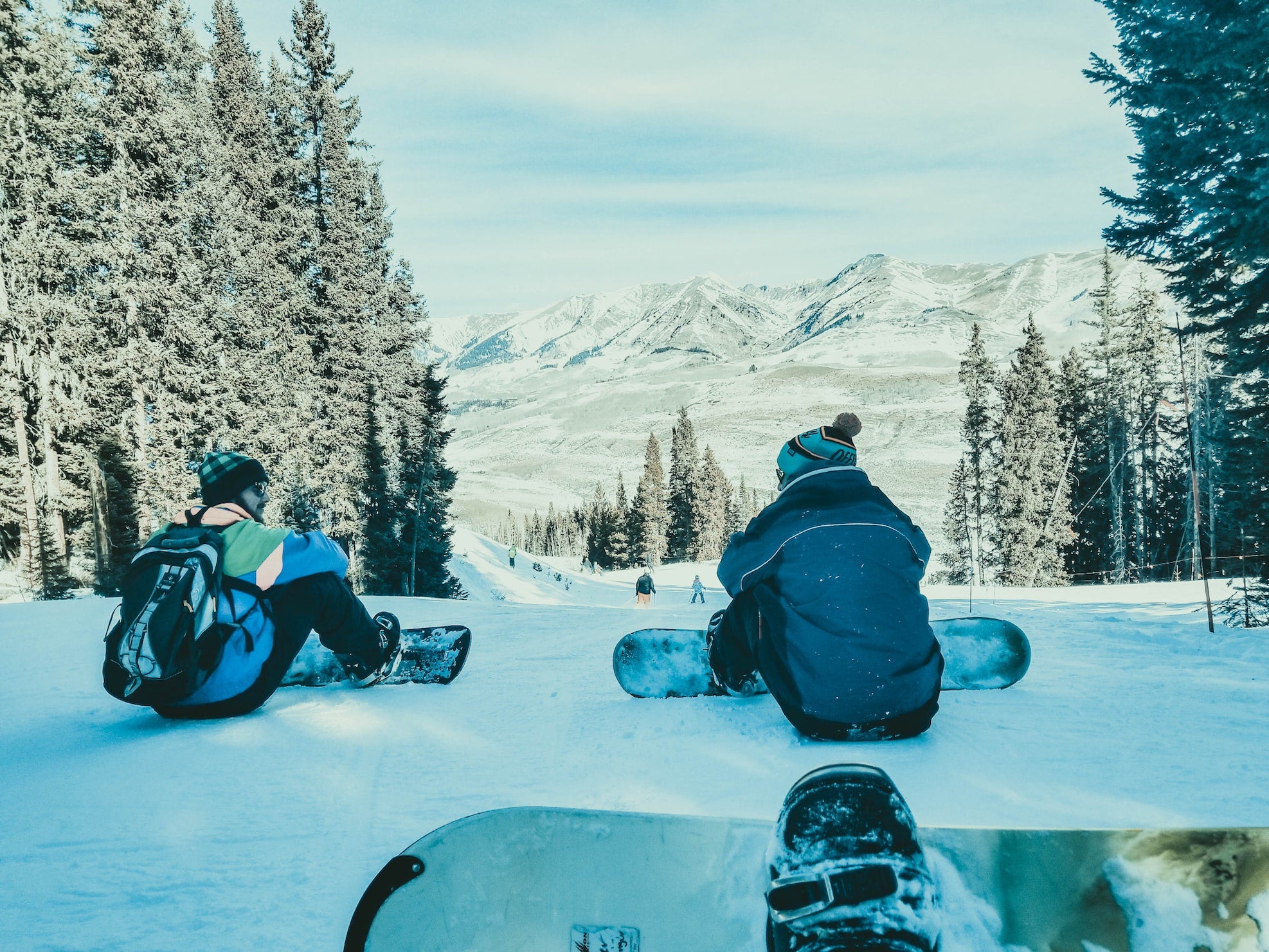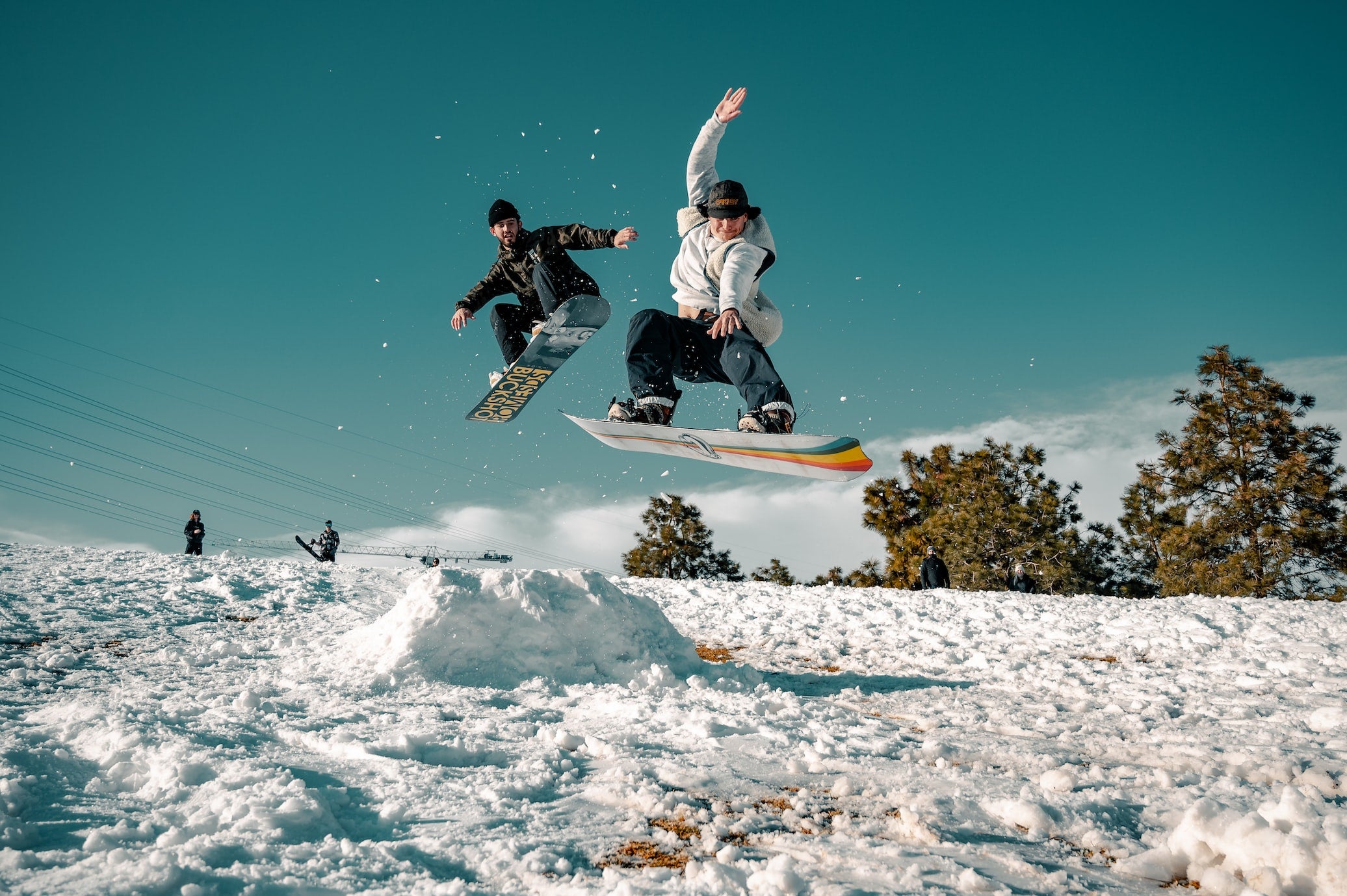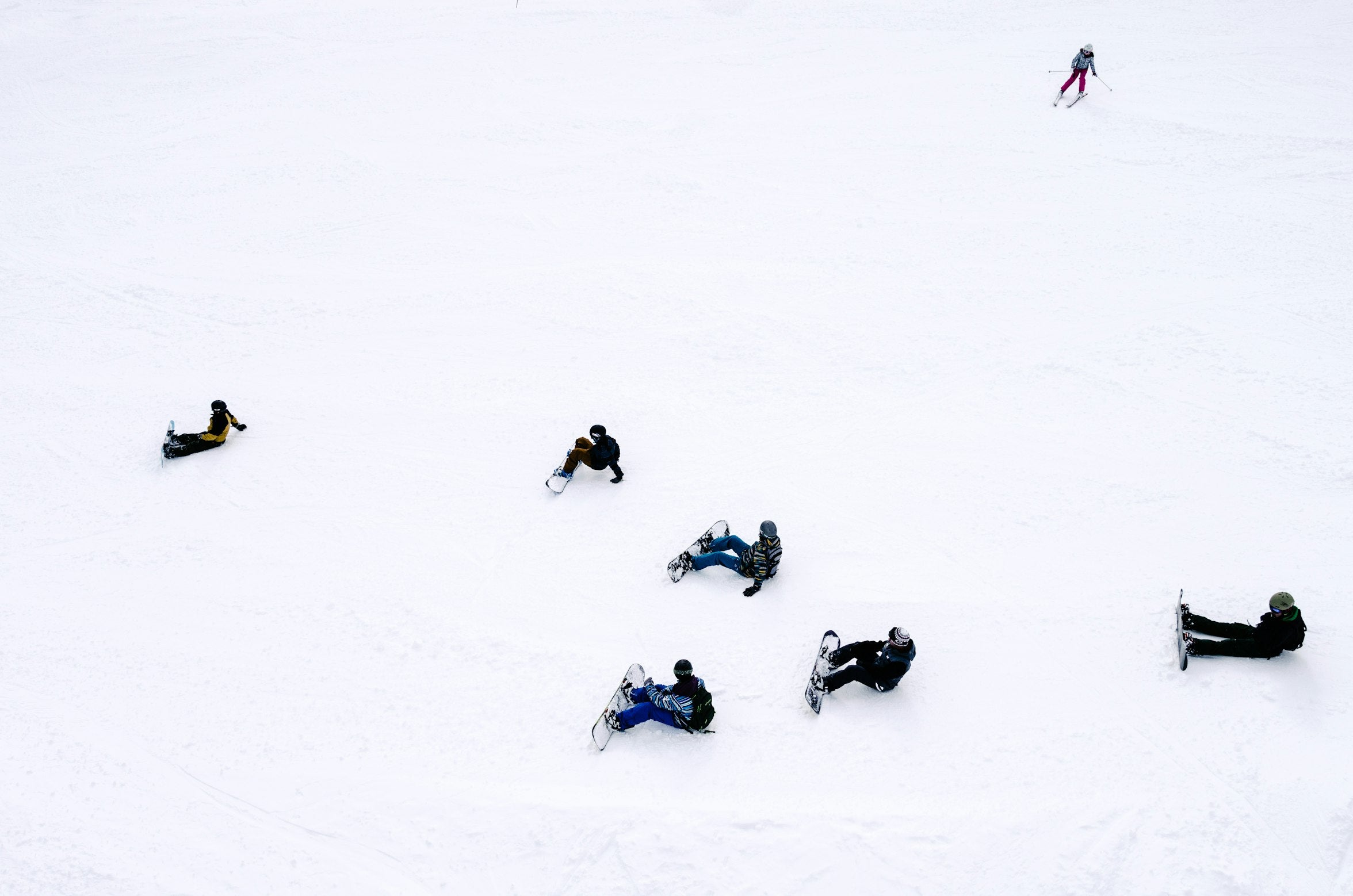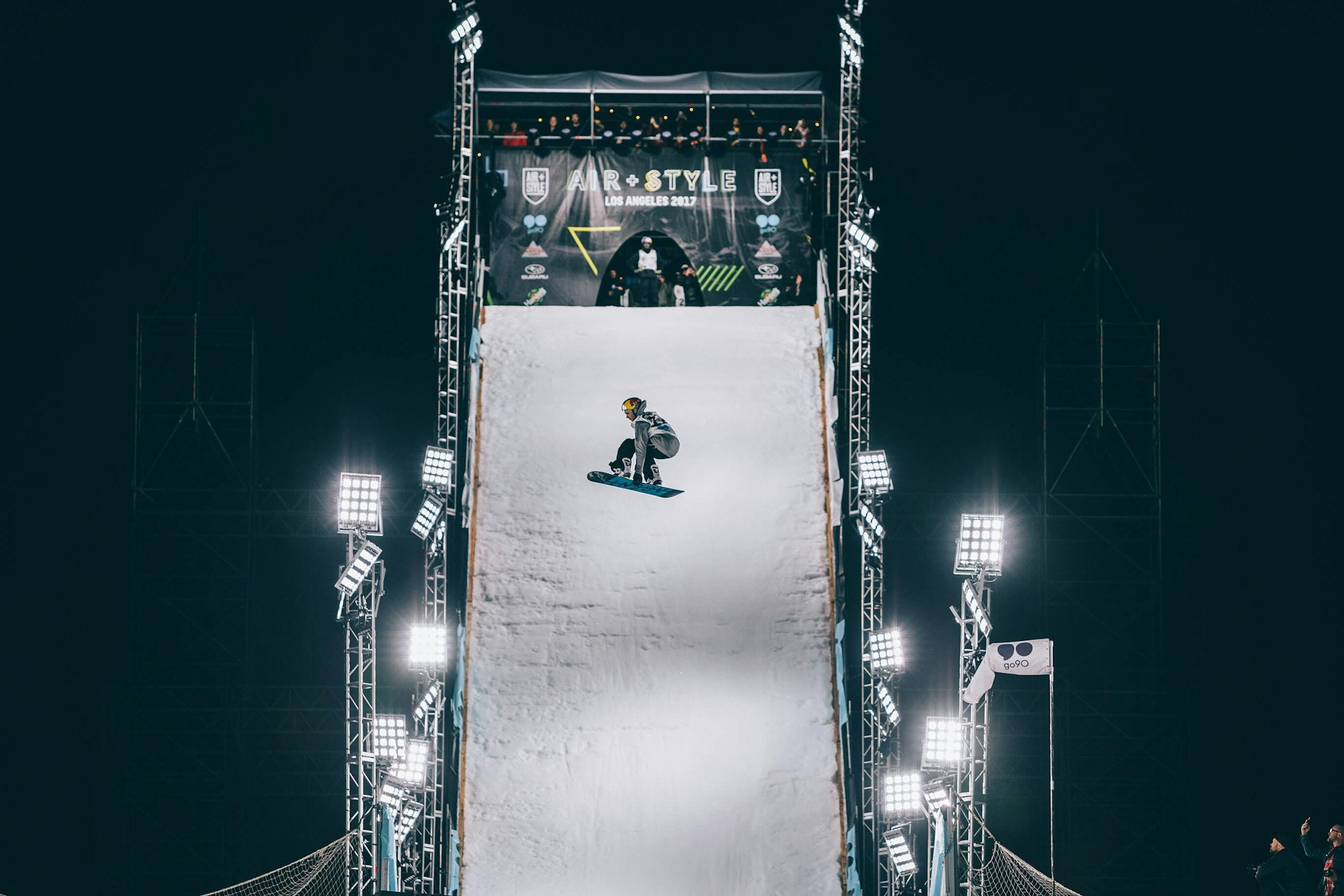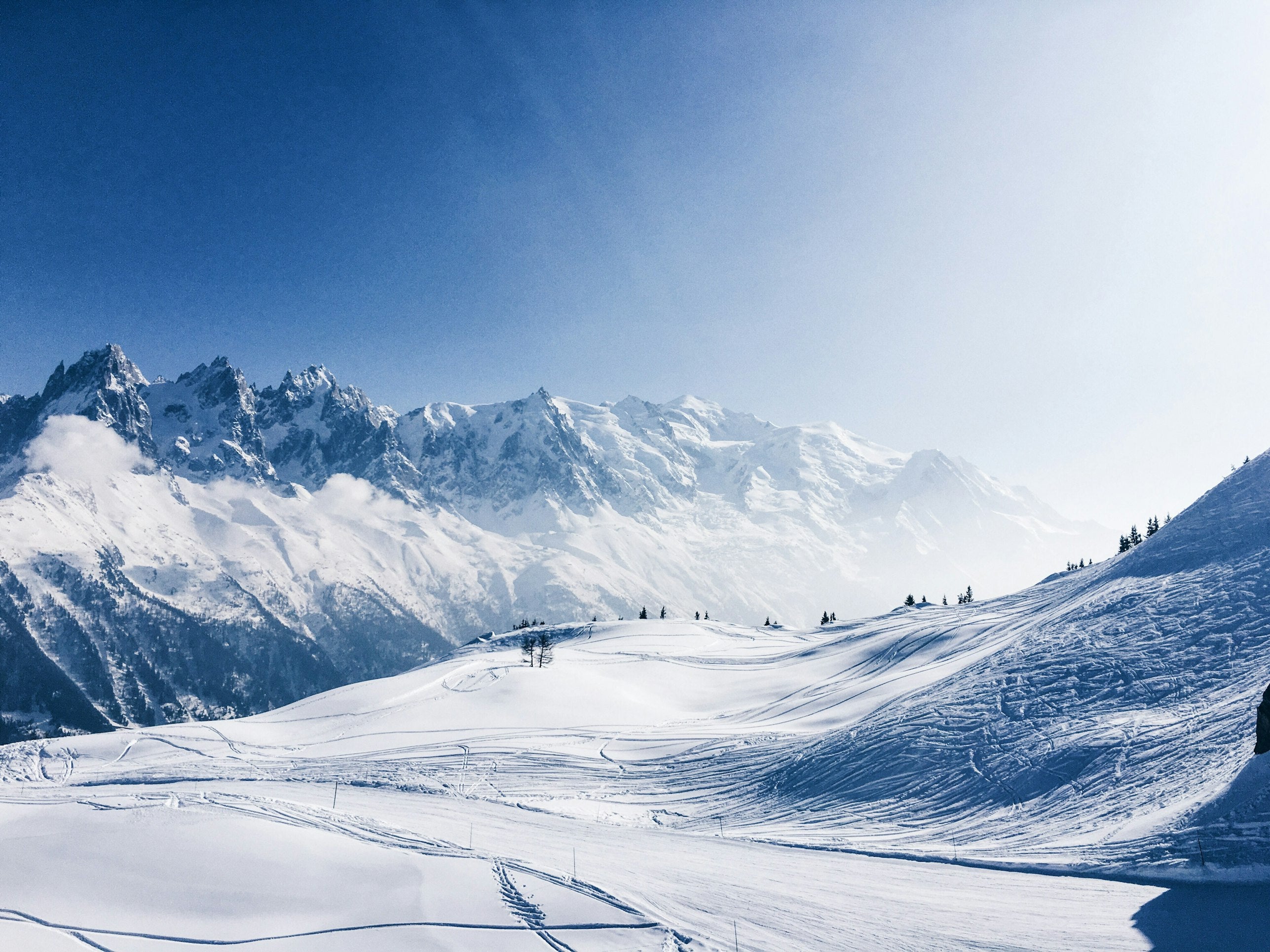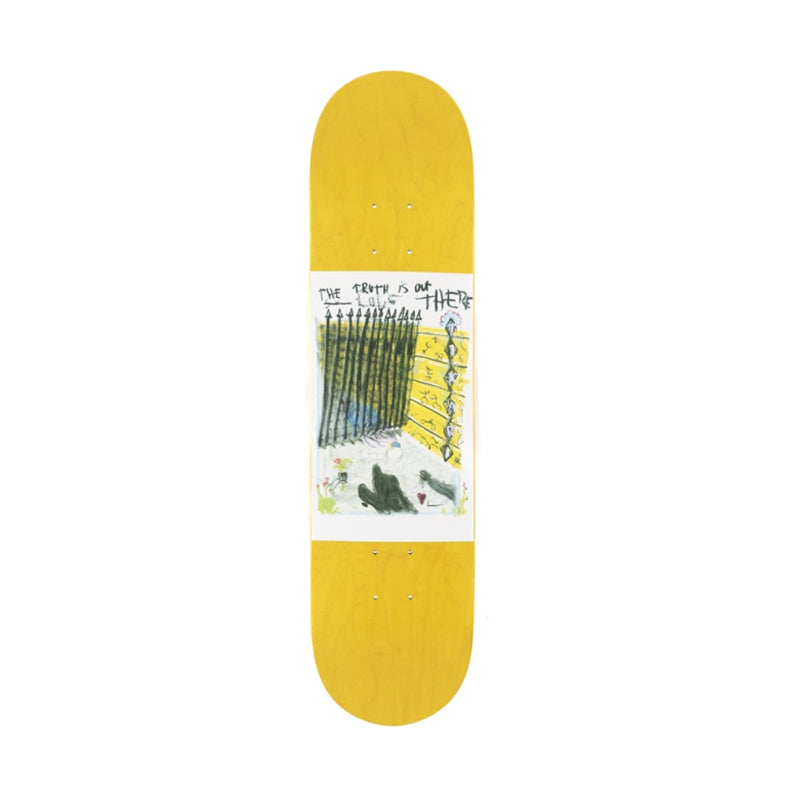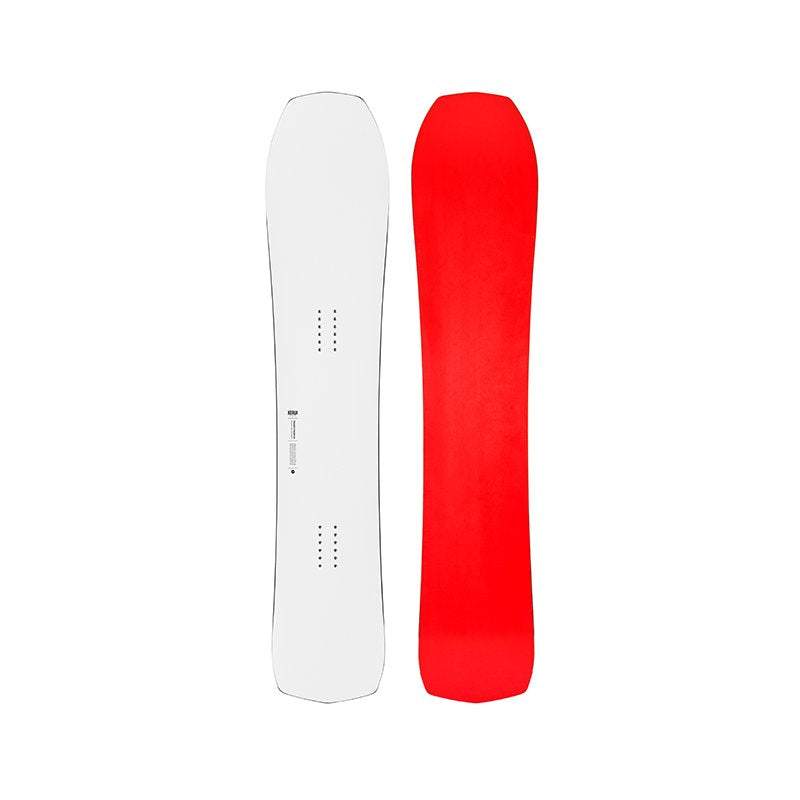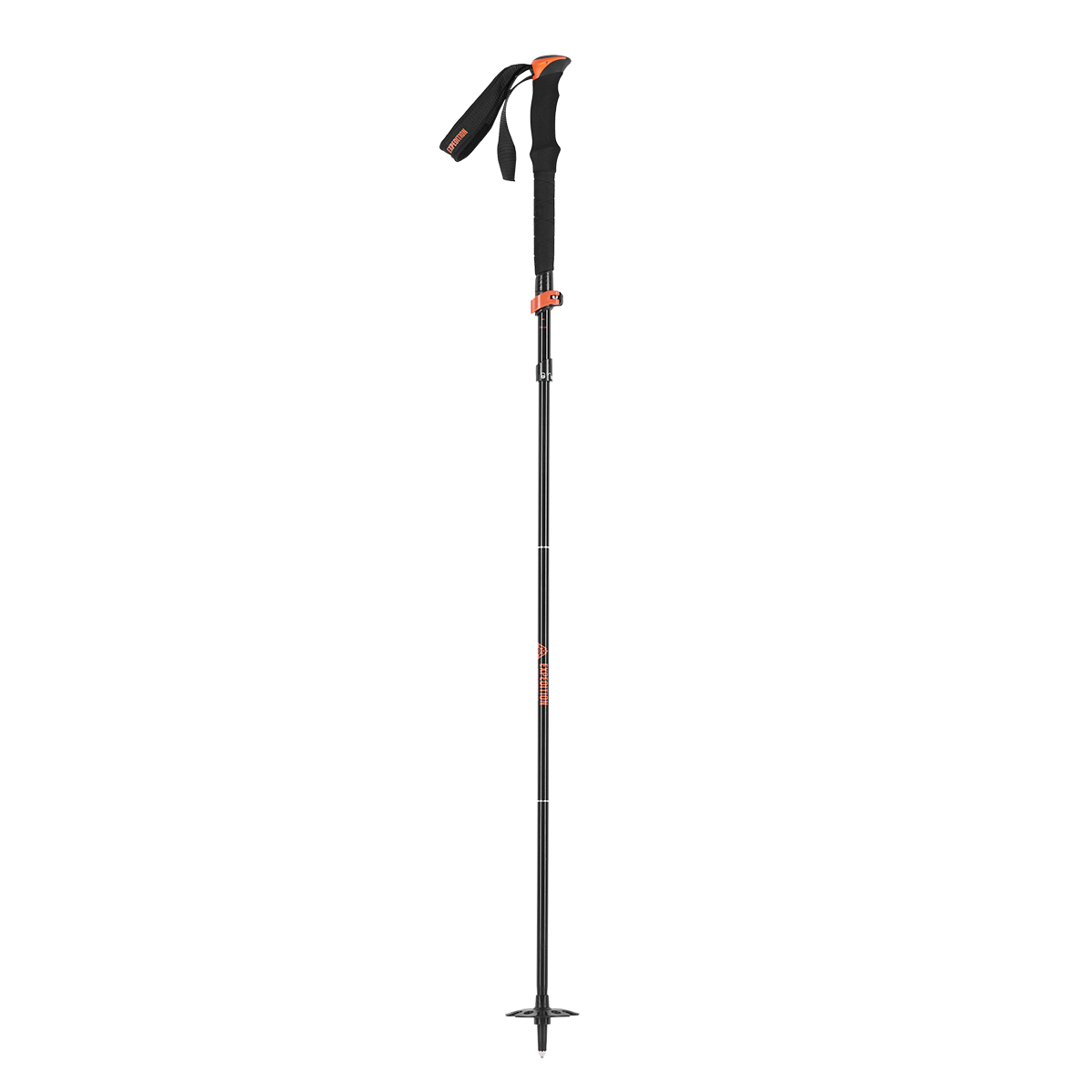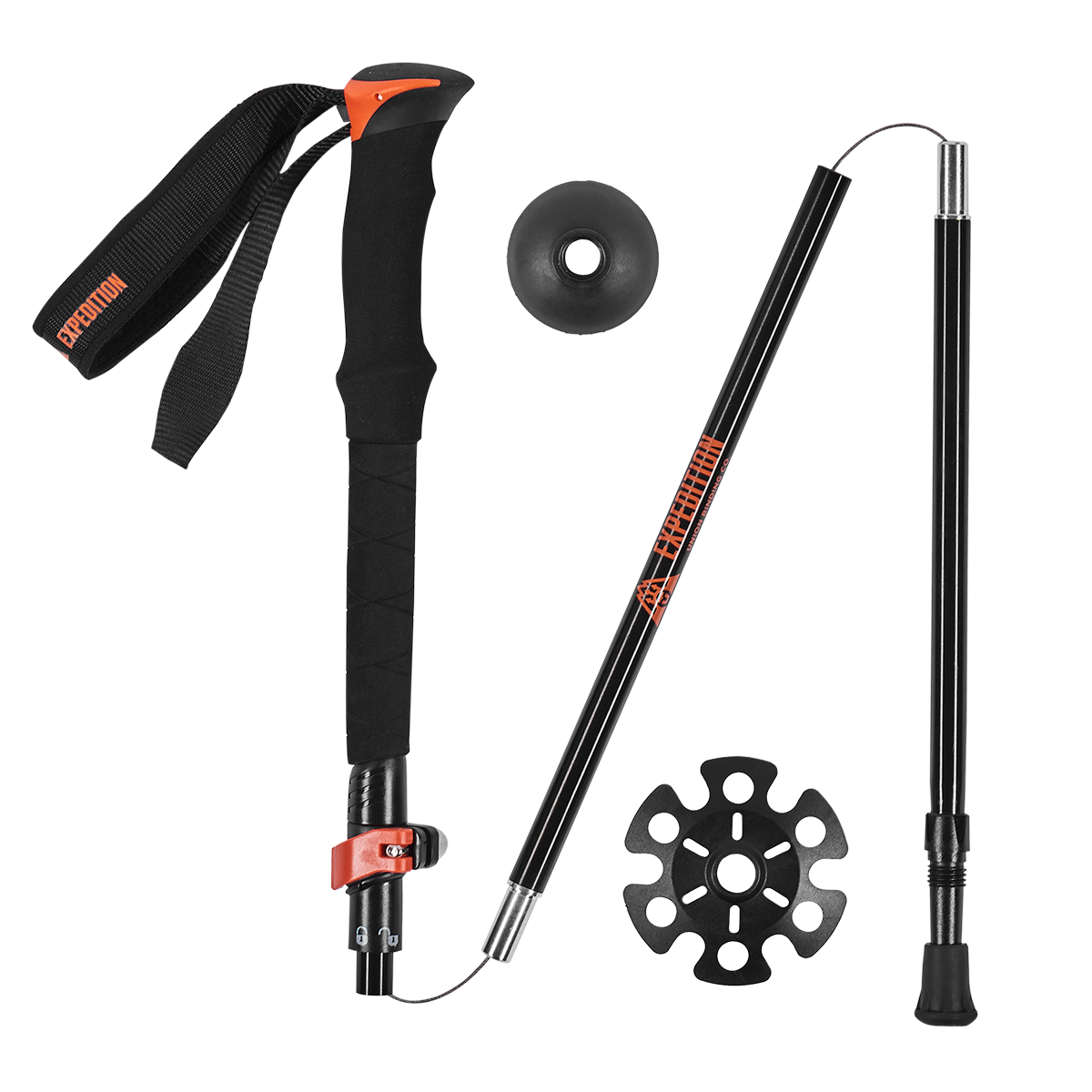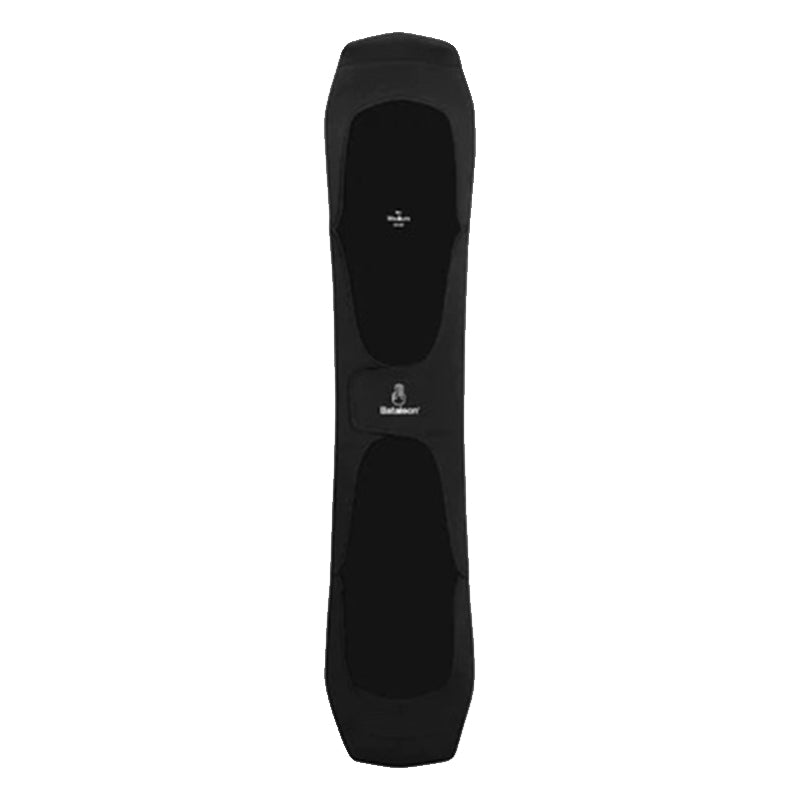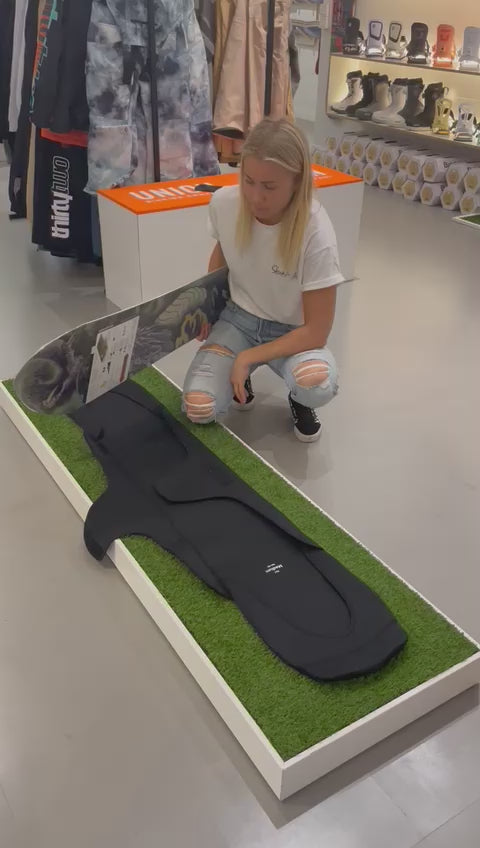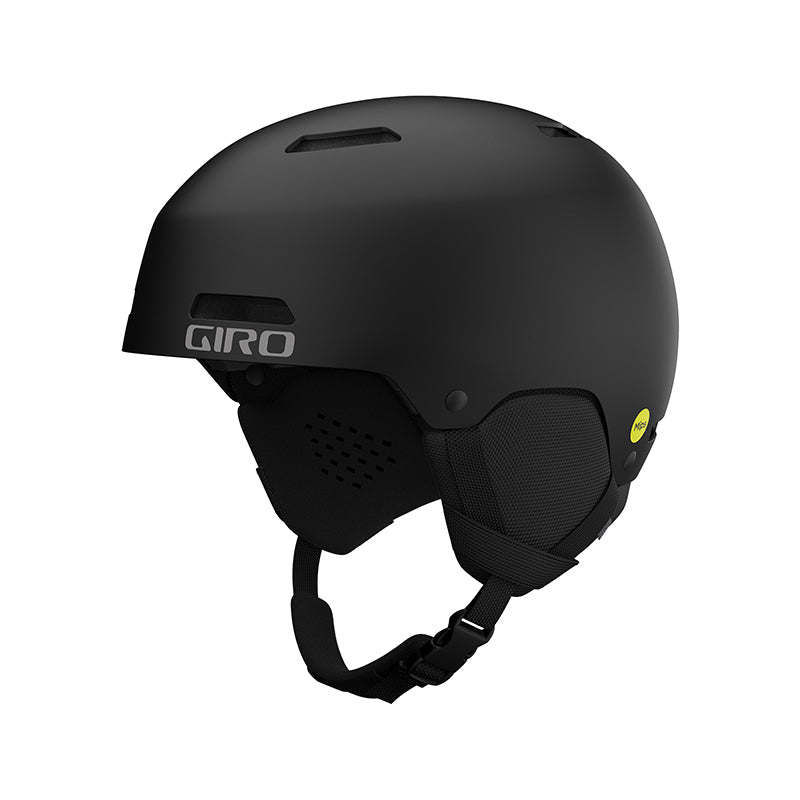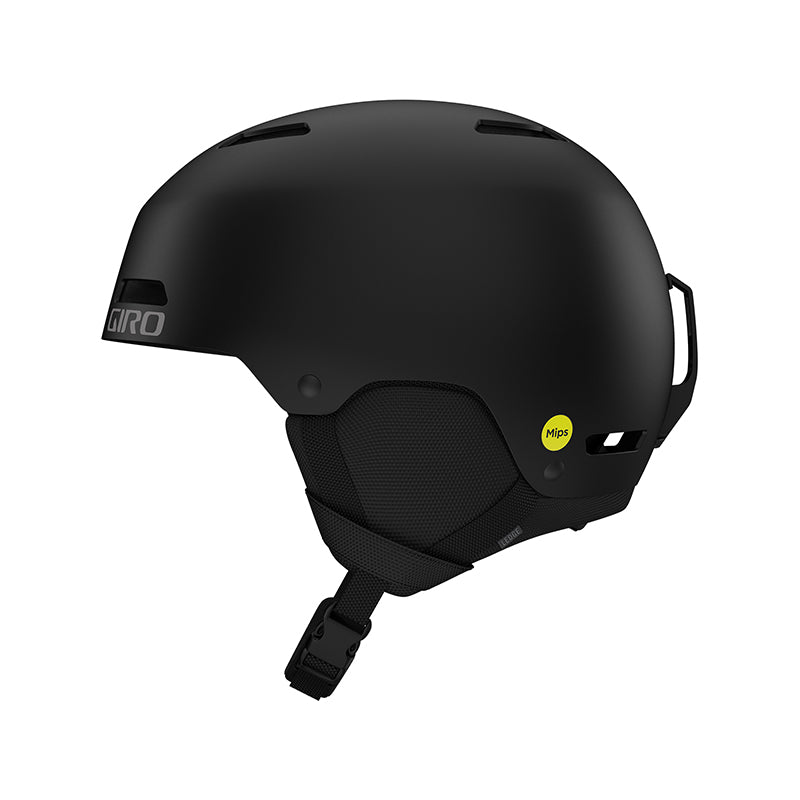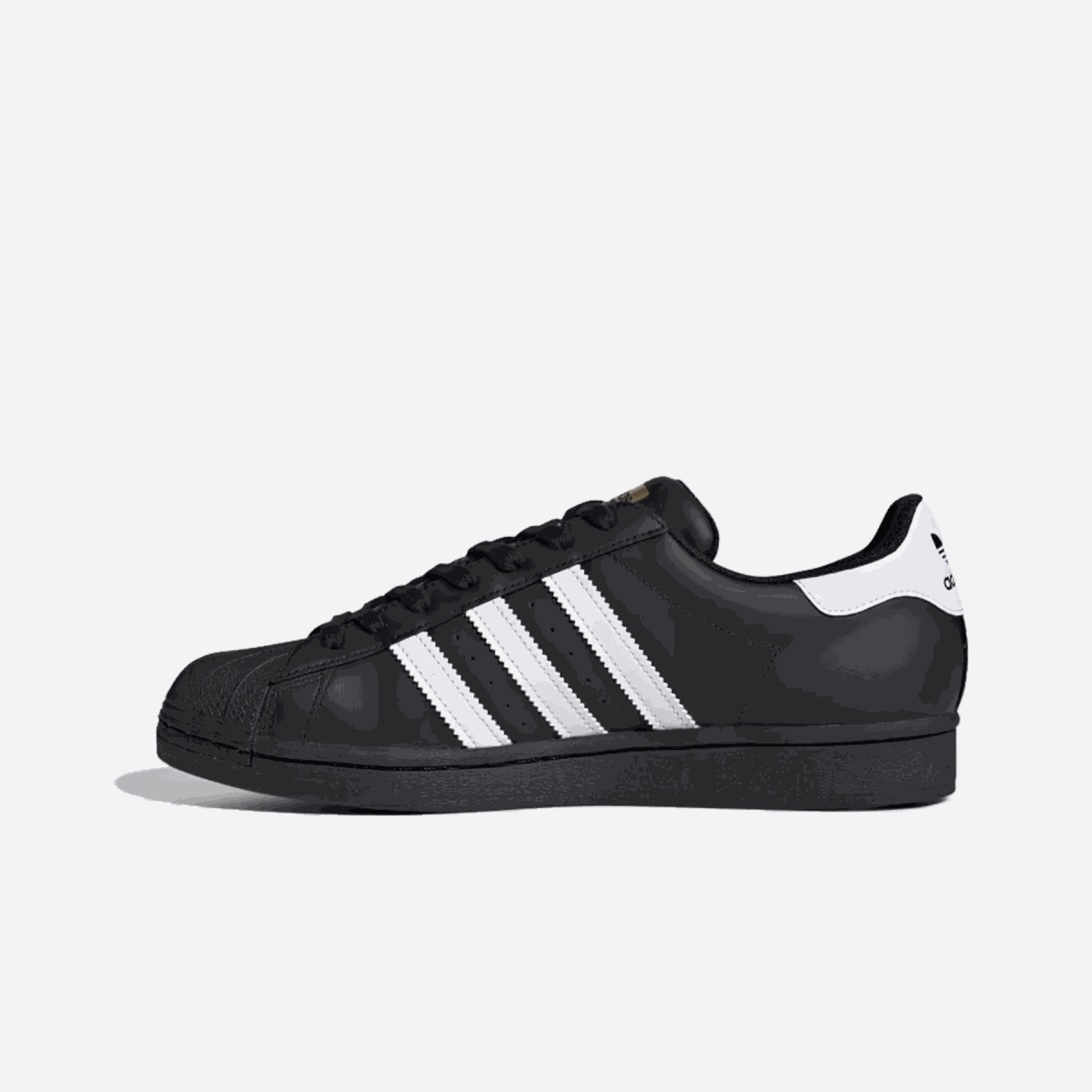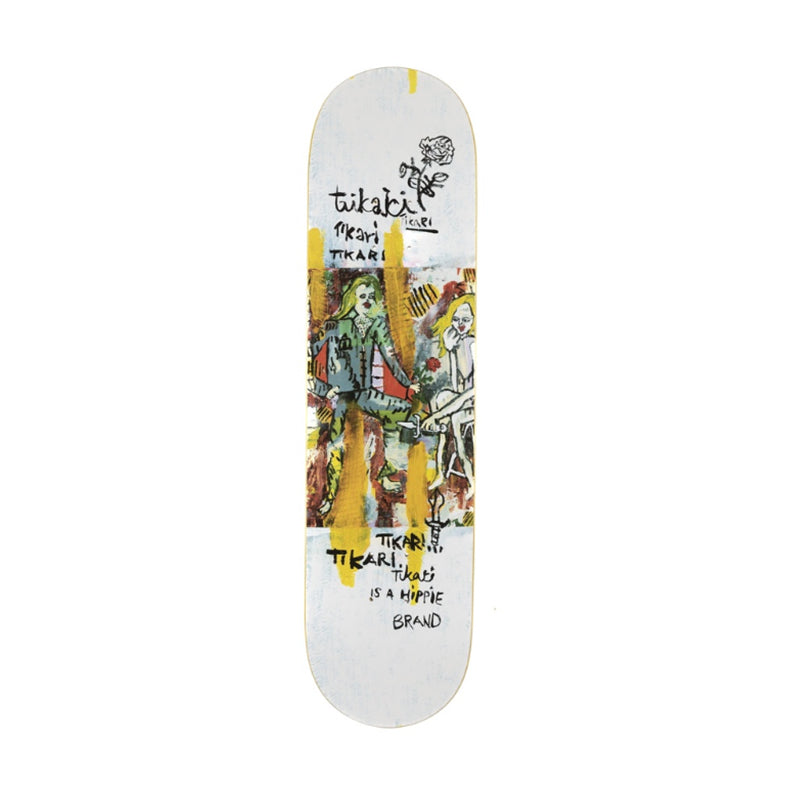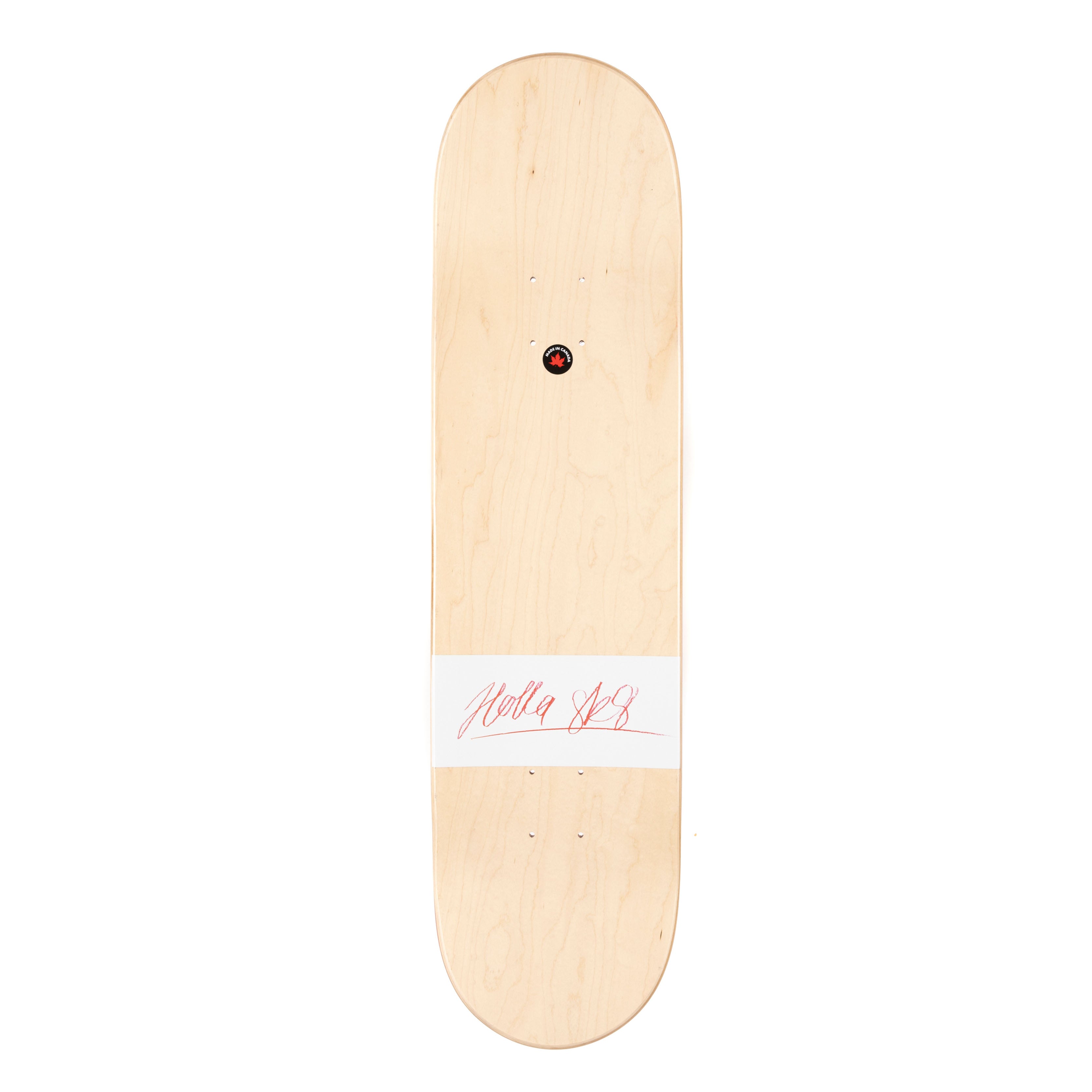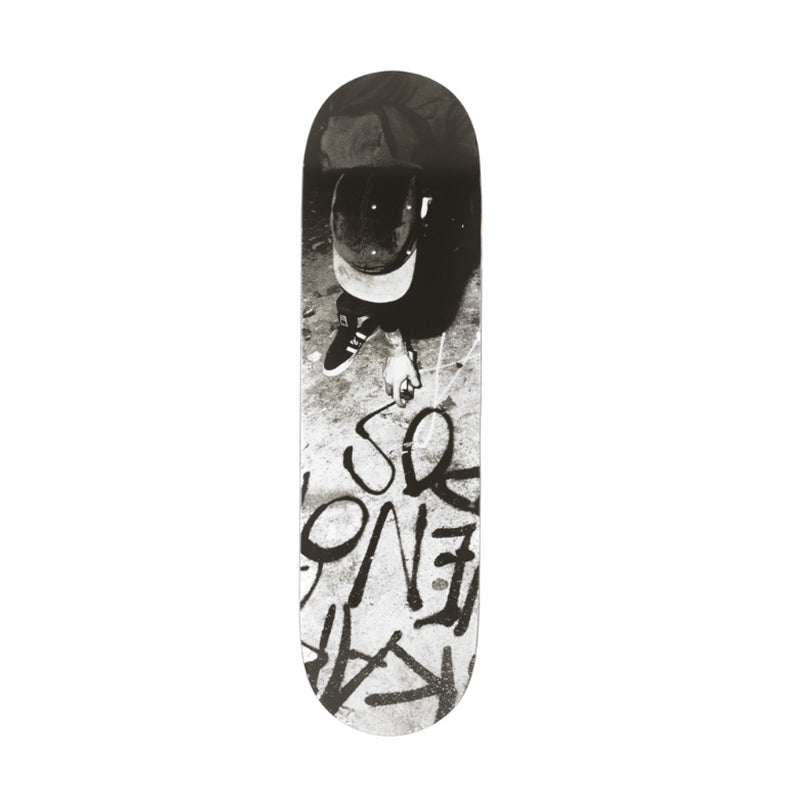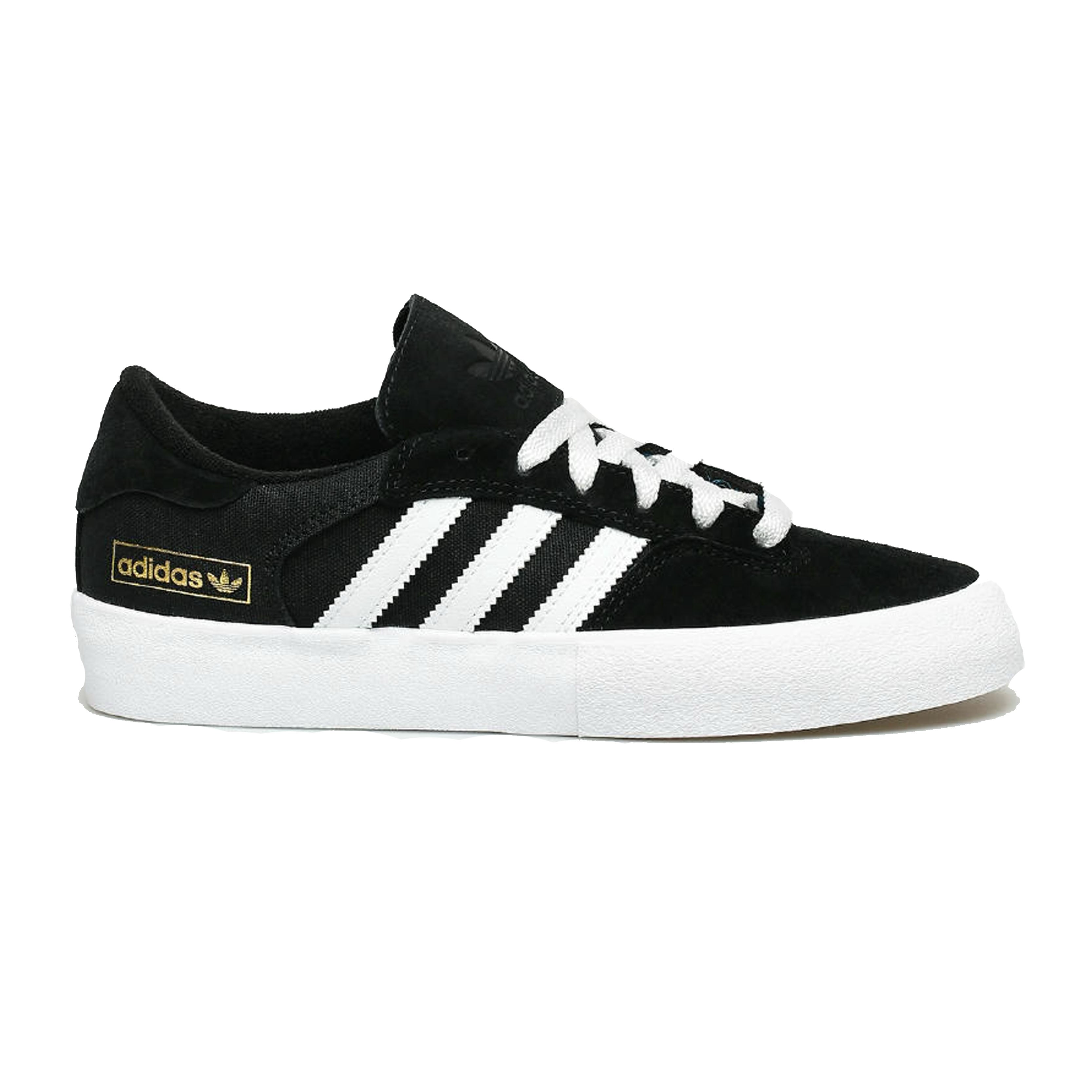The world of snowboarding is full of fine adjustments and opportunities to customize equipment to suit your skiing style and preferences. One of the most important aspects that affect the snowboarding experience is the position of the bindings and their correct adjustment on the snowboard. In this blog, we look at different binding positions and their effect on landing.
- Stance Width:
Stance width means the distance between the bindings on the snowboard. A wider stance provides better balance and stability on straight descent lines, while a narrower stance gives better turning radius and agility. Each count has their own preferences, and the stance width should be adjusted according to comfort and counting style.
- Front and back angle:
The angle between the front and back of the bindings, i.e. the "toe and heel" angle of the bindings, affects how much your toe and heel are angled towards the board. Positive angle (the front part higher than the guarantee) increases the tilt of the toes forward, which can help to achieve a better edge grip. A negative angle (bail higher than the front) can give better control in turns and especially helps with tricks. However, most calculators choose a positive angle.
- Wide stance vs. narrow stance:
Stance width also affects the balance of the counter and the ease of turning. A wide stance (bindings further apart) can give more stability and better control on straight descents and in deep snow, but it can reduce the turning radius. The narrow stance (bindings closer together) provides better turn control and agility, making it a popular choice for stunt skiers.
- Duck stance vs. regular stance:
Duck stance refers to when the front and rear parts of the bindings are tilted in opposite directions, while regular stance is a position where the corners of the bindings are in the same line. Duck stance is more common in parking landings and doing tricks, while regular stance is more common when landing on slopes. Duck stance can help reduce stress on the knees and provide better balance during tricks.
- Offset stance:
Offset stance means that the angles of the front part and the bail are different. This can help the calculator achieve better balance and performance for certain counting situations. For example, if you're more into doing tricks and flipping, you can adjust the bindings so that one side is slightly different than the other.
It is important to remember that the adjustment of the bindings is very individual and depends on many factors, such as the height, weight, style and preferences of the calculator. To achieve the best result, you can try different settings and make fine adjustments on the snowboard. The most important thing is to find settings that feel comfortable and improve your calculation experience. Also remember that you can always consult professionals or more experienced accountants for more advice on the adjustment of ties and their effect on the calculation.
When you start snowboarding, choosing the right gear can be challenging. Luckily, the experts at Shreddington Snow are here to help! In our store in Helsinki, you can get professional help and advice on choosing snowboarding equipment, whether your purpose is to ski down the slopes, float in powder or do tricks in the Park. Trust us to find the right tools for you!


